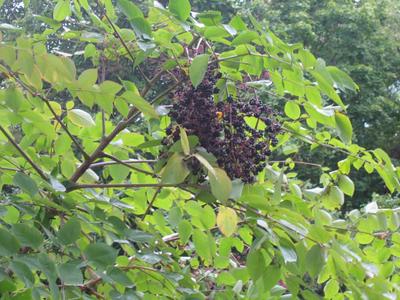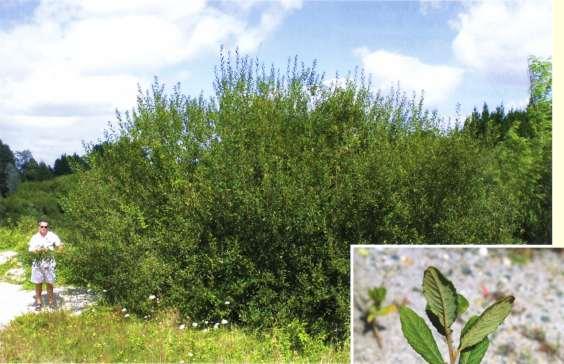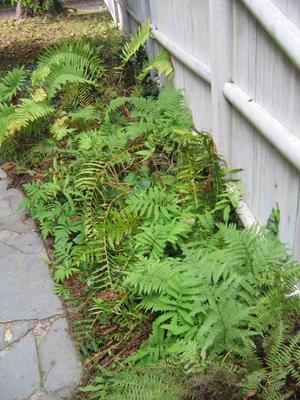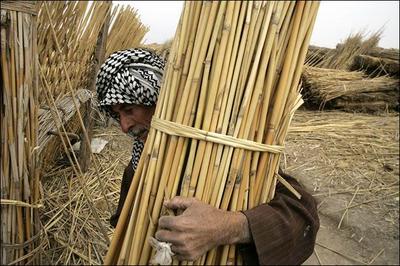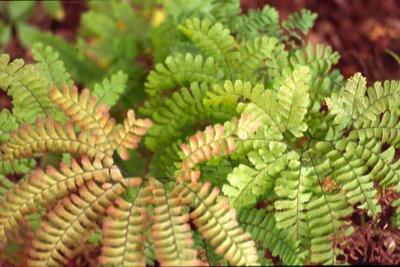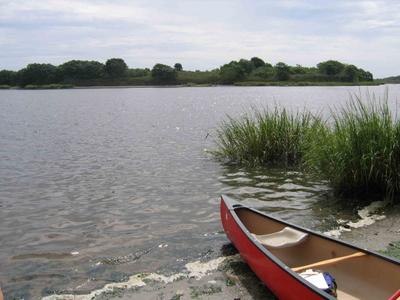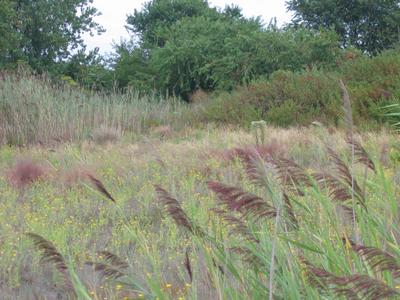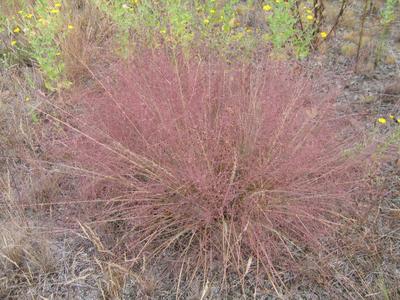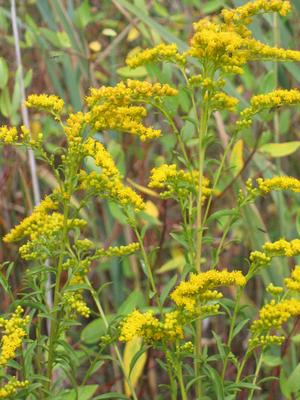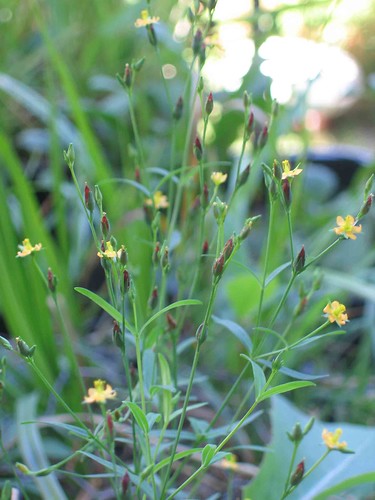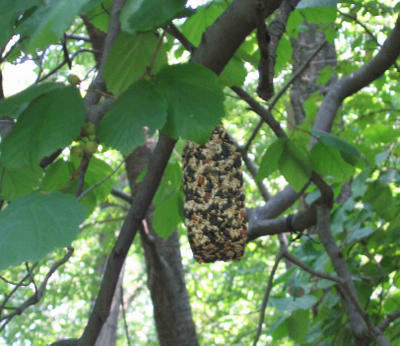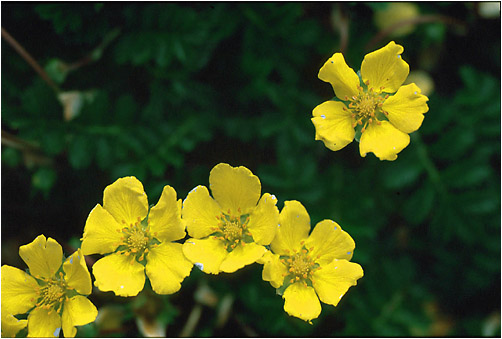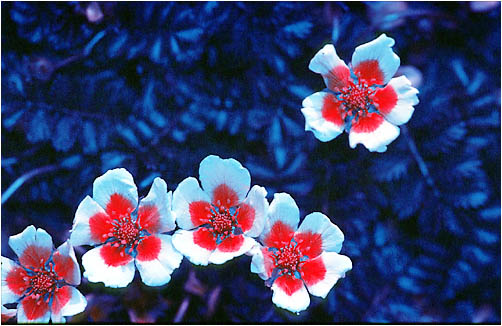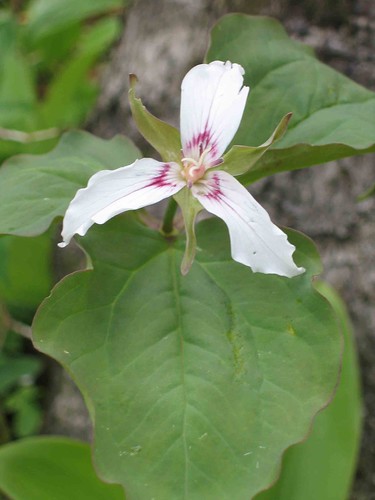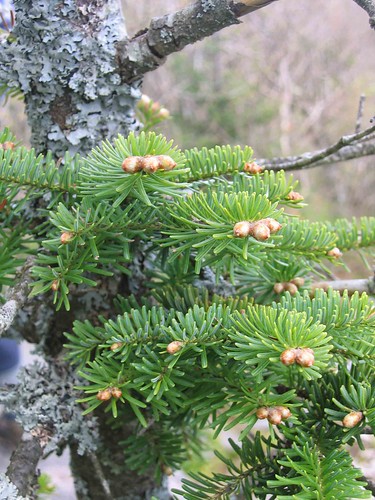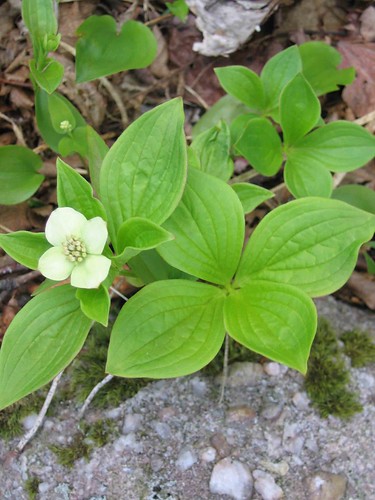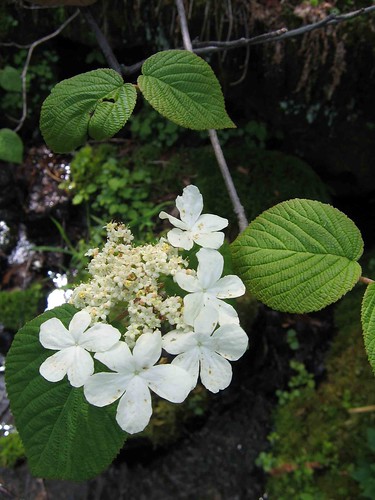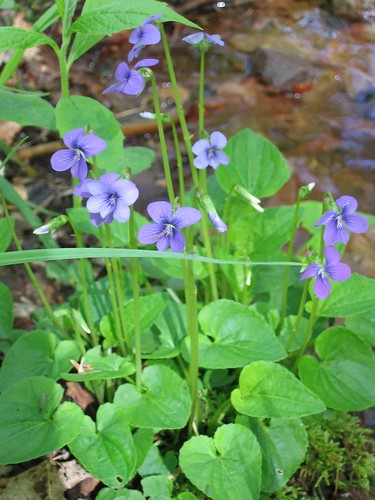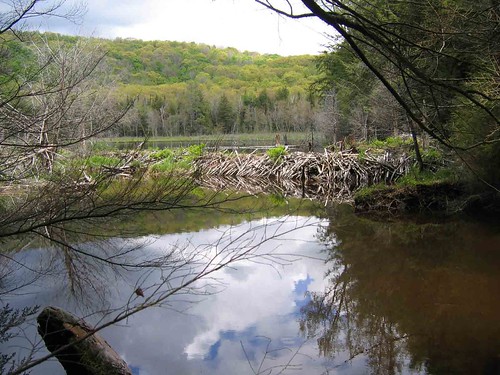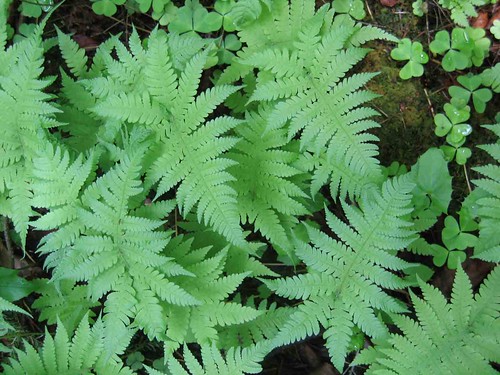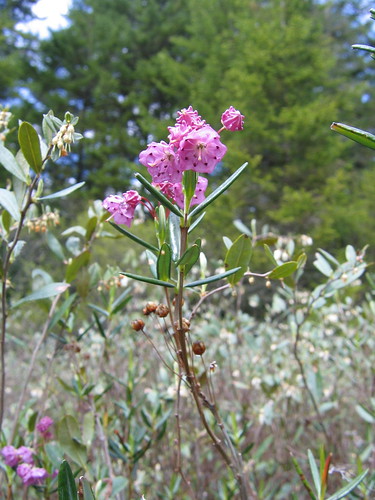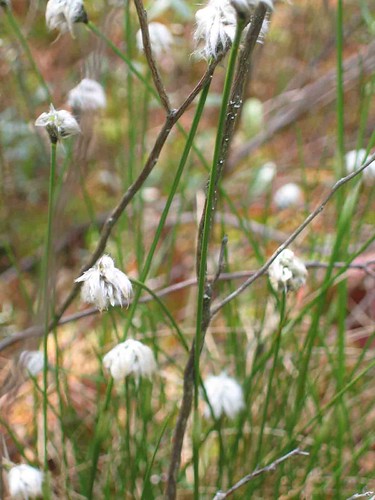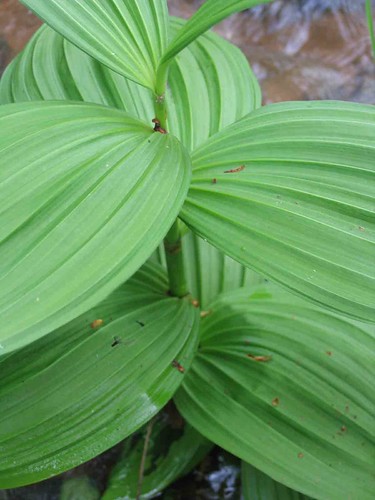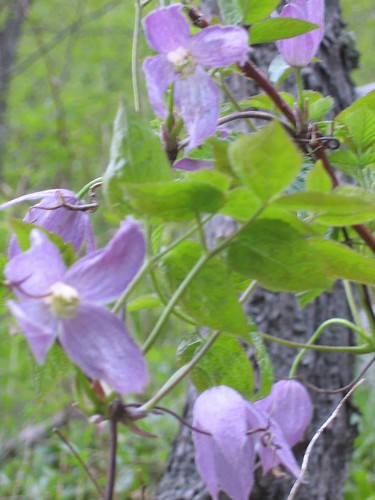 Highbridge Tower
Highbridge Tower
SHAME on you, Adrian Benepe!
(As I missed the boat on linking it, here is the full article. Note that all fancy font work is mine, as are the photos - ed.)
METROPOLITAN DESK - NY Times
Parks Even the Parks Dept. Won't Claim; City Says Some Wretched Areas Aren't Worth Fixing
By TIMOTHY WILLIAMS
At University Woods, a city park high above the Harlem River in the Bronx, hypodermic needles, feces and used condoms littered the grounds on a recent day. Several large trees lay across the main pathway. Broken animal bones that some said bore traces of Santeria rituals were visible.
The 3.3-acre municipal park, whose grounds have long been a hideaway for drug users and prostitutes, was named the city's worst small park last month, for the third year in a row, by the advocacy group New Yorkers for Parks.
Parks Commissioner Adrian Benepe says city parks are in better condition now than they have been in nearly 40 years. He added, however, that a small percentage of the parkland the city owns -- including University Woods -- is not conducive to being actively maintained by gardeners, and that to do so would be ''a waste of money.''
''That park is not a park,'' Mr. Benepe said, referring to University Woods. ''That park is a vestigial landscape on the side of a hill. It has a series of paths that lead nowhere. It's a cliff side. It will never be a park.'' He added, ''Just because something is in our inventory doesn't mean it's worth taking care of.''
New York City has acquired almost 300 acres of parkland since Mayor Michael R. Bloomberg took office in 2002. But critics say that the city started neglecting some existing parks -- most in poor neighborhoods -- long before Mr. Bloomberg named Mr. Benepe parks commissioner shortly after taking office.
Mr. Benepe bristles at the suggestion that the Parks Department favors certain areas of the city over others. ''The reality is that across the city in every neighborhood, the parks are better,'' he said. And while he says there is no formal two-tier system when it comes to maintaining city parks, he acknowledges that some are better cared for than others.
Just how many of the city's 1,700 public parks, playgrounds and recreation facilities are not actively maintained is not clear, but Mr. Benepe said that a limited number of city parks would ''never be great parks'' because they are on land unsuitable to be developed as parkland, or because they are in neighborhoods that are no longer significantly residential.
There is no list, no formal process leading to a park being written off. But it is clear that some parks, over a period of decades, have simply fallen out of favor with the Parks Department, which says that every park is supposed to be cleaned at least once a day.
The department, which decides how often horticulturists visit each park and what capital projects to pursue, has seen its operating budget increase to $201 million in fiscal 2005 from $152 million in fiscal 1997, and the department's capital budget in the current fiscal year alone is $850 million, up from $550 million last year. Much of that amount will be spent on developing recently acquired parkland and on parks along the waterfront, according to Parks Department figures.
Despite their unkempt pockets, some parks, like Aqueduct Walk Park in the Bronx, are heavily used. Many others, however, are similar to University Woods, and attract few visitors. Large swaths of Highbridge and Fort Washington Parks in Upper Manhattan, Soundview, Ferry Point and Pelham Bay Parks in the Bronx, Highland Park on the Brooklyn-Queens border and Idlewild Park in Queens, among others, have been designated natural areas by the Parks Department, to preserve wetlands and other natural habitats. Such areas require less rigorous maintenance than others. Some of these are now impassable for all but the most determined parkgoer due to overgrown trails, poison ivy, homeless encampments and garbage. Abandoned cars and boats have been left in some of the parks.
What these parks have in common is that they rely almost exclusively on city money, while the city's best-maintained parks -- Central Park, Bryant Park and Prospect Park among them -- are managed in part by private conservancies that raise money and hire workers independent of the Parks Department. The neglected parks also lack the community support and involvement present in the neighborhoods around the city's most successful green spaces.
''It is completely outrageous that poor communities are given this type of service when other parks are given adequate service,'' said Geoffrey M. Croft, president of New York City Park Advocates. ''Having prostitutes and drug users fill a park when a community needs parks, goes against everything government is supposed to do in terms of providing services and protecting people.''
The Police Department, not the Parks Department, is responsible for tackling serious crime in city parks. But Mr. Croft said that unmaintained areas provided a natural shelter for criminals.
Mr. Benepe said that any problems that exist are isolated, and that the department has a rigorous inspection process. ''This is a big system and you can't address every little problem,'' he said. Mr. Benepe said a lack of resources was not an issue either. ''The challenge is how to spend all the money we've been given,'' he said.
In all, the Parks Department's 28,800 acres take up about 14 percent of the total land mass in the city's five boroughs. About 12,000 acres of parkland have been designated natural areas, though some, like Central Park's Ramble, are well maintained and free of the trash and invasive species that plague the natural areas of other parks.
University Woods, for instance, has failed the Park Department's own cleanliness and general condition inspections for the past three years, and if its current circumstances are any indication, it has little hope of ever being a haven for anyone seeking a respite from city life. The last capital project in the park -- which involved repairing fences and walkways that are again in disrepair -- took place in 1997.
On a recent weekend in University Woods, in University Heights, a man and woman were seen having sex against a tree. Encampments for homeless people were scattered in the underbrush. Several areas had been littered with hypodermic needles, used condoms, needle cleaning kits and wrappers for ''Savage'' and ''TKO'' brands of heroin. And piles of feces could be seen on staircases.
The only evidence of the park's benches were rivet holes in the ground. There were no garbage cans, lights, restrooms or staff workers. Visitors have reported seeing a dead goat and the skulls of various animals, apparently after they had been sacrificed.
Julio Calderon, 31, who was walking a large pit bull outside the park, said he never stepped inside University Woods, though he lives nearby. ''The park is dangerous,'' Mr. Calderon said in Spanish. ''People who are in there do things I don't want to see.''
The parks commissioner said he would like to trade University Woods to a developer for more suitable park property, or to fence it off. ''You have to be pragmatic about these things,'' Mr. Benepe said.
The Bronx borough president, Adolfo Carríon Jr., agreed but called the park's current neglect a ''disgrace.''
''University Woods cannot continue to be what it is,'' he said.
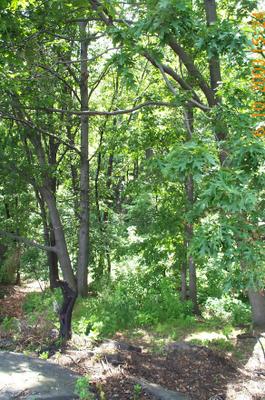 A healthy forest within Highbridge Park. Recently found in the park was a fern species rare in NYC - Spinulose woodfern (Dryopteris carthusiana)
A healthy forest within Highbridge Park. Recently found in the park was a fern species rare in NYC - Spinulose woodfern (Dryopteris carthusiana)
Not far away, in Highbridge Park, which stretches for two miles across Upper Manhattan, the scene was even more grim on a recent weekend. Huge sections of the 119-acre park set aside as natural areas have been taken over by homeless people who have built permanent shacks made of sheet metal and steel pipes driven into the earth. One of the park's residents is a heroin addict and prostitute who would give her name only as Joanne. Her makeshift house has a bed and a nightstand. She said she had lived there for 13 years. Men smoked crack cocaine a few feet from where a youth baseball game was being played.
Kelvin, who would not provide a surname, lives in the park underneath a Harlem River Drive entrance ramp. He lifted his shirt to show his heavily bandaged chest, where he said he had been stabbed the week before. He tapped a Bible on his nightstand, which lay atop some pornographic magazines. ''I almost died,'' he said in Spanish. ''God was with me.'' On a concrete wall, someone has scrawled graffiti: ''This might be the only place where New York is still New York.''
Mr. Benepe said that while Highbridge Park is ''much better than it was 10 years ago,'' it had been ruined decades ago when freeway ramps were built across it.
Mr. Benepe, who expressed both skepticism and surprise at the park's condition when told about it, said the city's plan was: ''Let nature take its course.'' ''Trees are growing, insects are buzzing, oxygen is being produced, and there's nothing wrong with that,'' he said. (Oh, that must be why the NYC Parks Dept is restoring the forests of Highbridge Park with native species - way to be abreast of your own agency, Benepe. And thanks too for negating, in one fell swoop, all the hard work done in Highbridge by both NYC Parks' Natural Resources Group & Bette Midler's NY Restoration Project).
Mr. Croft, the parks advocacy group president, said, ''Having prostitutes, drug dealers and drug users in parks is not going back to nature.''
Photos: Park visitors navigated the overgrown steps in Highbridge Park in Upper Manhattan after taking a swim in the pool. (Photo by G. Paul Burnett/The New York Times); University Woods in the Bronx, which is rife with litter, is rated the city's worst small park. (Photo by Richard Perry/The New York Times)(pg. B1); Some sections of Highbridge Park have been overtaken by drug users, prostitutes and the homeless.; All that remains of a bench above an overlook in Highbridge Park are the supports that held the seats. (Photographs by G. Paul Burnett/The New York Times)(pg. B6)







